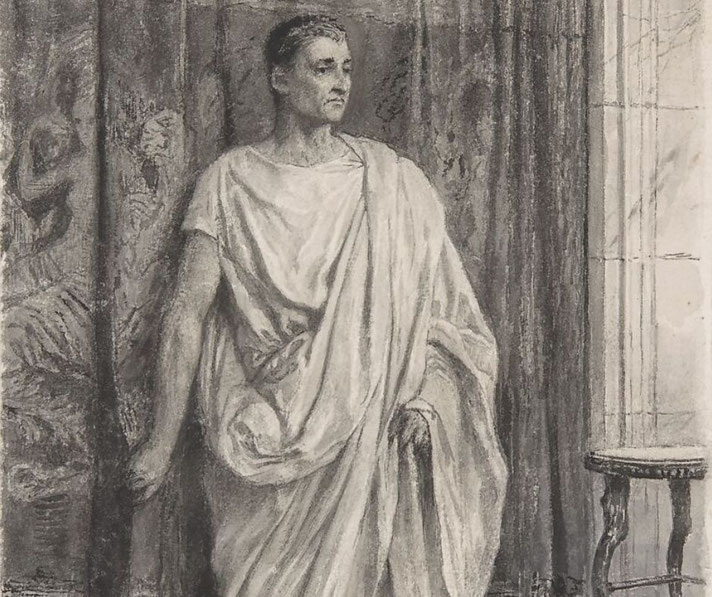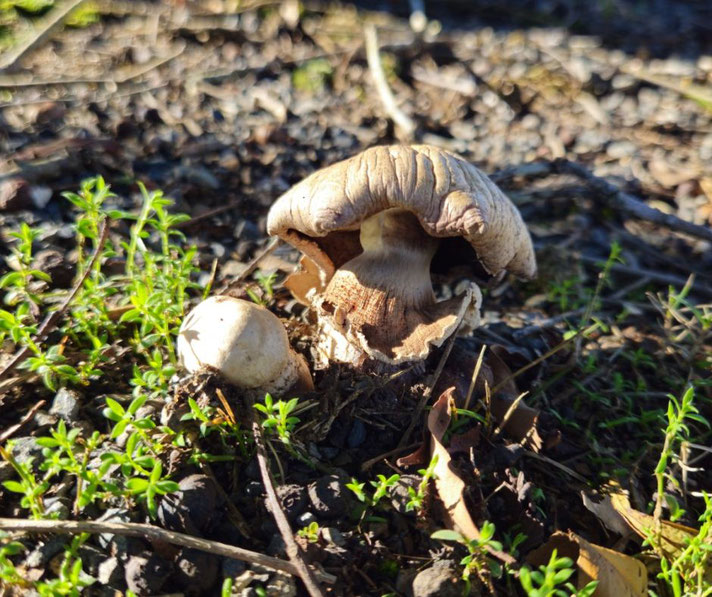Lethal elixirs: notorious poisonings in ancient Roman history

The ancient Roman Empire, a sprawling expanse of power and influence, was as much a den of intrigue as it was a bastion of civilization.
Betrayal, political machinations, and deception were interwoven with the fabric of Roman society, and the art of poisoning became a notorious tool employed by those seeking power and vengeance.
Here, we will delve into some of the most infamous poisonings in ancient Roman history, shedding light on the treachery and cunning that lurked beneath the surface of this remarkable civilization.
1. The Borgia-Like Poisonings of Livia Drusilla
Livia Drusilla, the wife of Emperor Augustus, has long been suspected of orchestrating a series of poisonings in order to secure the imperial throne for her son Tiberius.
Rumored to have employed a slow-acting poison derived from aconite (monkshood), Livia allegedly targeted several members of the imperial family, including her husband Augustus, stepson Marcellus, and grandson-in-law Gaius Caesar.
While definitive proof remains elusive, Livia's alleged poisonings have become a symbol of the ruthless political maneuvering that characterized the early Roman Empire.

2. The Fall of Germanicus
Germanicus, a popular and successful general, was widely regarded as a potential successor to Emperor Tiberius.
However, in AD 19, Germanicus fell ill and died under mysterious circumstances. His untimely demise sparked widespread rumors of poisoning, with many pointing the finger at his political rival, Gnaeus Calpurnius Piso, who was serving as governor of Syria at the time.
Though Piso was ultimately tried and found guilty of poisoning Germanicus, some historians believe that Tiberius himself may have been behind the plot, fearing Germanicus's growing popularity and power.
3. The Poisoned Chalice of Britannicus
Britannicus, the son of Emperor Claudius and his first wife, was the rightful heir to the Roman Empire.
However, his stepmother Agrippina the Younger had other plans. Determined to see her son Nero ascend to the throne, Agrippina allegedly conspired to poison Claudius with a dish of deadly mushrooms, paving the way for Nero's reign.
Not content with this treachery, Agrippina is also believed to have arranged the poisoning of Britannicus himself, who died during a banquet in AD 55.
The image of the young prince collapsing after sipping from a poisoned chalice has become a symbol of the dark intrigues that plagued the Roman imperial court.

4. The Murder of Domitian
Domitian, the last Flavian emperor, was known for his paranoia and brutal rule. In AD 96, Domitian's reign came to an abrupt end when he was assassinated by a group of conspirators that included members of his own household.
While stabbing is the more commonly accepted method of his assassination, some sources suggest that poison may have been used to weaken him before the fatal blow was struck.
Regardless of the exact method, Domitian's murder exemplifies the treacherous environment of the Roman imperial court, where even the most powerful ruler could fall victim to a well-planned conspiracy.
Beware the Romans...
From the alleged schemes of Livia Drusilla to the tragic fate of Britannicus, the dark art of poisoning was an ever-present threat in ancient Roman society.
This chilling aspect of Roman history serves as a stark reminder that beneath the grandeur and accomplishments of this remarkable civilization lay a world of treachery, ambition, and deadly intrigue.
What do you need help with?
Download ready-to-use digital learning resources
Copyright © History Skills 2014-2025.
Contact via email
With the exception of links to external sites, some historical sources and extracts from specific publications, all content on this website is copyrighted by History Skills. This content may not be copied, republished or redistributed without written permission from the website creator. Please use the Contact page to obtain relevant permission.





